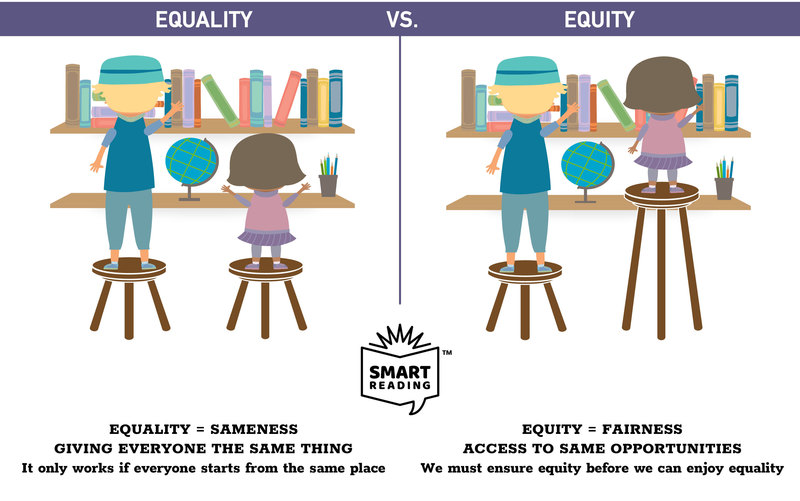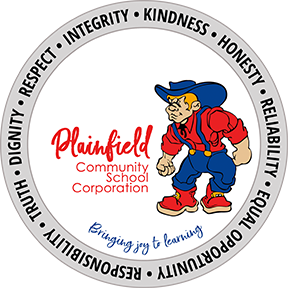Today's Disability Awareness Month spotlight is on learning disabilities. We are grateful to everyone within our school family - students, their families and our staff, who support our Quakers who learn differently from many of their peers.
Sometimes we hear the terms integration and inclusion used interchangeably, but they actually mean quite different things. Two other similar-sounding words with different meanings? Equality and equity.
When it comes to integration and inclusion in the school setting, think of it this way. A child with a disability is integrated if they are in a “regular” class and expected to adjust to doing things the way their classmates do them. The student is welcome to be a part of the class as long as they can function at what others define as a “normal” student.
Inclusion, however, means the student is in a classroom environment designed for everyone’s success where learning, developing friendships and feeling are a part of the class. One important benefit is that the other students also learn and benefit from learning from their friend who learns in different ways.
Equality means we all have the same opportunities, that we all start from the same place, while equity means that we all have what we need to be successful. That may seem like almost the same thing, but a popular graphic has come to represent the difference.

Above: graphic created and permission granted from SMART Reading, Portland (OR)
For many of us who are old enough, for example, to have already received the COVID-19 vaccine, the education system that we grew up in didn’t yet understand the importance of equity. Not that our teachers didn’t love all of their students or do their best to support all students, it’s just that the methods were different.
Today’s classrooms are much more focused on inclusion and equity, although there’s no doubt we all can continue to learn new ways to do better. It’s very common, for example, for students with a wide variety of disabilities to come and go from “regular” classrooms, participating equally in the ways they are able, and having the support they need to succeed in areas where they are needed.
In the end, we all learn and benefit from the experiences we gain by learning from others. And if classrooms were filled with children who all do things the same way, at the same level, we would miss out on a rich, and crucial, opportunity.

